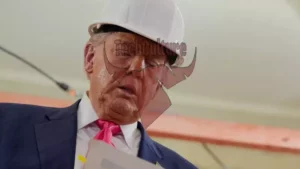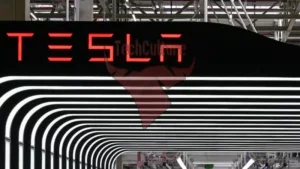New York’s Meatpacking District: From Butcher Shops to Boutiques
The Meatpacking District, once a bustling hub of European butchers and slaughterhouses, is undergoing its final transformation as the last remaining meatpackers prepare to leave the area. This marks the end of an era for a neighborhood that has seen dramatic changes over the past few decades, evolving from an industrial center to a high-end retail and dining destination.
In its heyday, the Meatpacking District was home to over 200 slaughterhouses and meat processing facilities. The area’s strategic location, with access to shipping and train lines, made it an ideal spot for the meat industry. However, as New York City’s landscape changed, so did the district’s purpose.
The transformation began in the 1970s when the area became a hotspot for nightlife and LGBTQ+ community spaces. This cultural shift laid the groundwork for the district’s reinvention. As industrial operations dwindled, fashion boutiques and trendy restaurants began to take their place. The district’s gritty charm, coupled with media exposure from shows like “Sex and The City,” further cemented its status as a fashionable destination.
Urban development played a crucial role in the district’s metamorphosis. The opening of the High Line park, built on a former elevated freight rail line, sparked a wave of gentrification and development in the area. The arrival of cultural institutions, such as the Whitney Museum of American Art, further elevated the district’s profile. Despite the modernization, efforts have been made to preserve historical elements, with many new retail spaces maintaining the industrial aesthetic of the original meatpacking facilities.
John Jobbagy, a longtime meatpacker in the district, reflects on the changes he’s witnessed over the decades. “It’s bittersweet,” he says, preparing for retirement as the last of the meatpackers leave the area. “This place has been my life, but times change, and so must we.”
Andrew Berman, executive director of Village Preservation, offers a broader historical perspective on the district’s evolution. “The Meatpacking District has always been in flux,” he explains. “From a fort to a produce district to meatpacking, and now to high-end retail and dining. It’s a microcosm of New York City’s constant reinvention.”
As the last chapter closes on the Meatpacking District’s industrial past, the area stands poised for yet another transformation. While the exact nature of its future remains uncertain, one thing is clear: the district will continue to reflect the ever-changing face of New York City.





